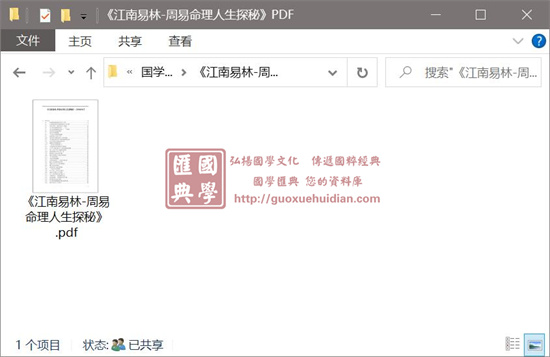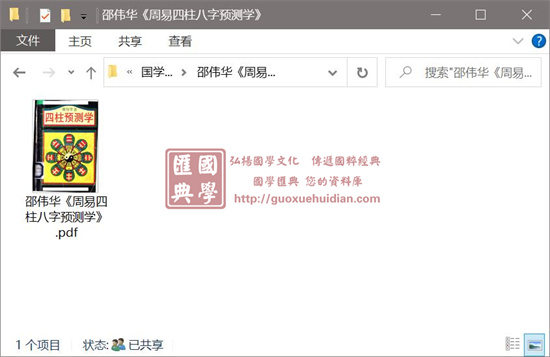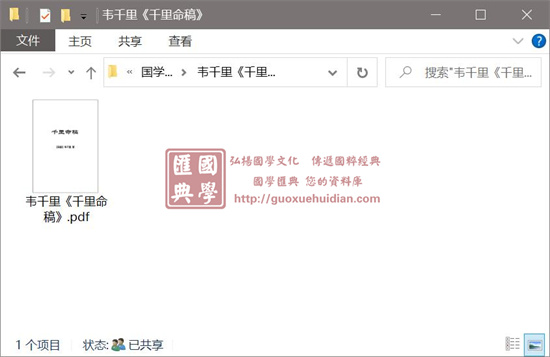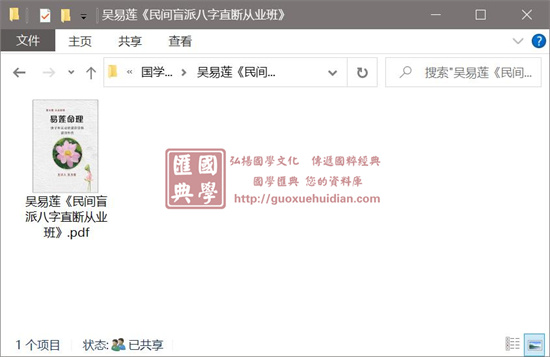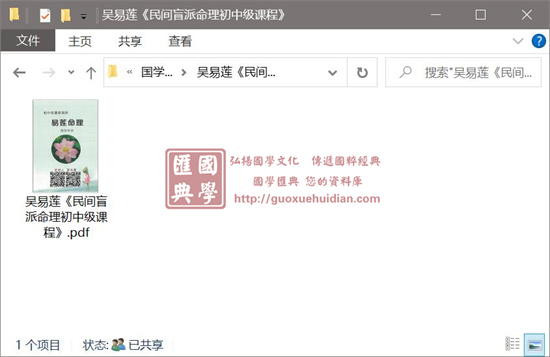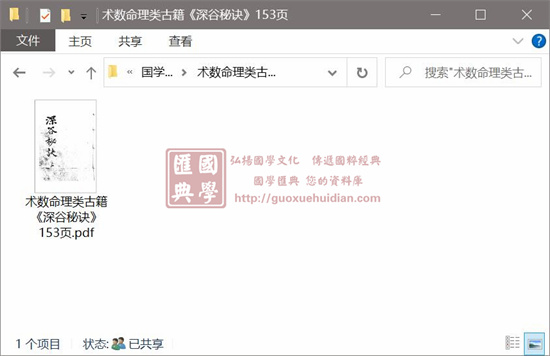Shu Zang ancient book on numerology “Geng Cun Ji” (Zi Pingzhen’s interpretation) Qing Jing Yi Tang banknote
Shuzang numerology ancient book “Geng Cun Ji” (Zi Pingzhen’s interpretation) Qing Jing Yi Tang note book PDF Yi Xue ancient books e-book download. Brief introduction “Gengcunji” is an ancient book on four-pillar numerology. “Gengcunji” is the earliest version of “Ziping Zhenzhang” that can be seen. Many of the latter have no names and surnames, while the former basically has them;
Shu Zang ancient book on numerology “Geng Cun Ji” (Zi Ping Zhen’s interpretation) Qing Jing Yi Tang note book PDF Yi Xue ancient books e-book download.
Introduction
“Gengcunji” is an ancient book on four-pillar numerology. “Gengcunji” is the earliest version of “Ziping Zhenzhang” that can be seen. Many of the latter have no names and surnames, while the former basically has them; Some passages are lost, and “Gengcunji” is more complete.
Summary Gengcun Collection in one volume, not divided into volumes, a rare book collected by the Central Library of Taiwan, the genus of fortune-telling in Zibu Shushu, the inscription does not specify the author, Qing Jingyitang banknote copy, and the length of the frame is 21.8 Fifteen and a half centimeters wide. Each half page has eight lines and twenty characters per line. On the single fish tail, there are four characters of Zipingzhen’s interpretation in the heart of the first and second pages. After checking, most of the fate examples in the book are excerpted from the two books of Ziping Sanming Tongbian Yuanyuan and Sanming Tonghui. The origin of Ziping’s Sanming Tongbian was written at the end of the Southern Song Dynasty, and the Sanming Tonghui was written in the sixth year of Wanli in Ming Dynasty (1578 AD). Based on this, it can be seen that the book was completed in the late Ming Dynasty six years after Wanli in the Ming Dynasty, and the author’s life and hometown cannot be tested. Forty-seven articles were found in the catalog, which are in the same order as the Zipingzheng interpretation of the Shaoxing Yuxin Book Company printed version in the 12th year of the Republic of China (1923 AD), which can make up for the omissions and corruptions of the new version. The handed down “Ziping True Interpretation” is the notes on the fate of Shen Xiaozhan, a scholar who has not been a Jinshi in Qianlong. In the 41st year of Qianlong (AD 1776), Hu Kun (Zhuoyun) wrote the preface for Zipingzhen’s interpretation, and Yun Jier’s three-year term expired. Mr. Zhan wrote thirty-nine chapters of Ziping Shoulu. Considering that Shen Xiaozhan was born in the 35th year of Kangxi (AD 1696, please refer to the appendix for details of Shen’s life), Zi Ping’s true interpretation of the previous collection of plowing inches must not have come from Shen’s hands. Although the Gengcunji, which is the true interpretation of Ziping, was not written by Shen, it also had the power to spread it in the Gengcunji. Just like the Xuanyao of Fortune, it was written in the late Ming Dynasty and early Qing Dynasty by the hands of Japanese officials through Chen Pu (named Yongshu, named Nankai, a native of Tiantai. Jinshi in the fifty-second year of Kangxi, AD 1713, and a member of the cabinet Book, participated in the editing of the Longevity Ceremony. Served as magistrate of Youxian County, Hunan Province, and later resigned and returned to the field) added and deleted the book, Zhen Songnian (the fifty-fourth year of Qianlong, AD 1789 was a Jinshi of Youke) wrote the complete works of column Jiangwang, Yu Haohua The mysterious key has the power of inheritance, not the original author. In the thirteenth year of Ming Chongzhen (1578 AD), Pan Guoguang, an Italian Jesuit missionary, came to Shanghai. Xu Guangqi’s granddaughter Pan Martina sponsored him to purchase the former Sichuan chief envoy Pan Yunduan in Anrenli, Shanghai County, his hometown. The mansion Shichuntang was built, and the Shichuntang was changed into a church named Jingyitang, where Jesus the Savior was the patron saint. At the same time, an observatory was built in the courtyard. In the ninth year of Emperor Yongzheng of the Qing Dynasty (1731 AD), Emperor Yongzheng announced the ban on Catholicism, the confiscation of Catholic churches in various places, and Shanghai Jingyi Church was changed to Guandi Temple. The General Bibliography of Chinese Christian Literature in Xiao Qing and Ming and Qing Dynasties The General Bibliography of Chinese Christian Literature (Late Ming and Early Qing Parts) contains a number of Jingyitang published or handwritten books that focus on Christianity, proving that Jingyitang has publicly published books, and the time is right From the 13th year of Chongzhen in the Ming Dynasty to the 9th year of Yongzheng in the Qing Dynasty. Based on this, it can be inferred that the manuscript of Gengcunji was copied before the ninth year of Yongzheng. Some screenshots
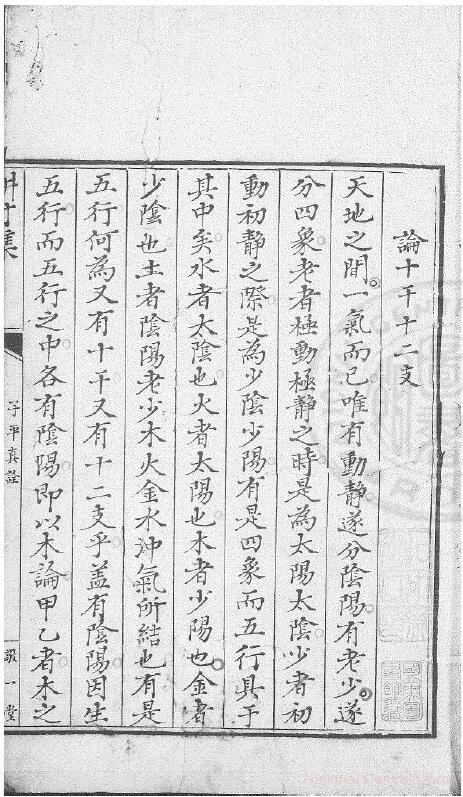
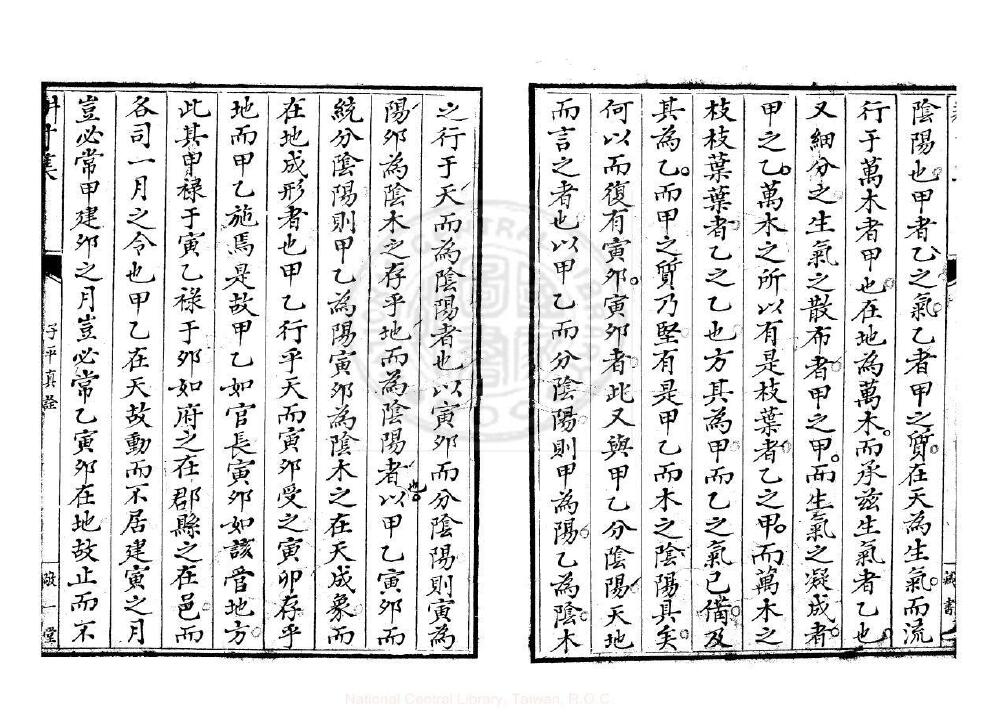
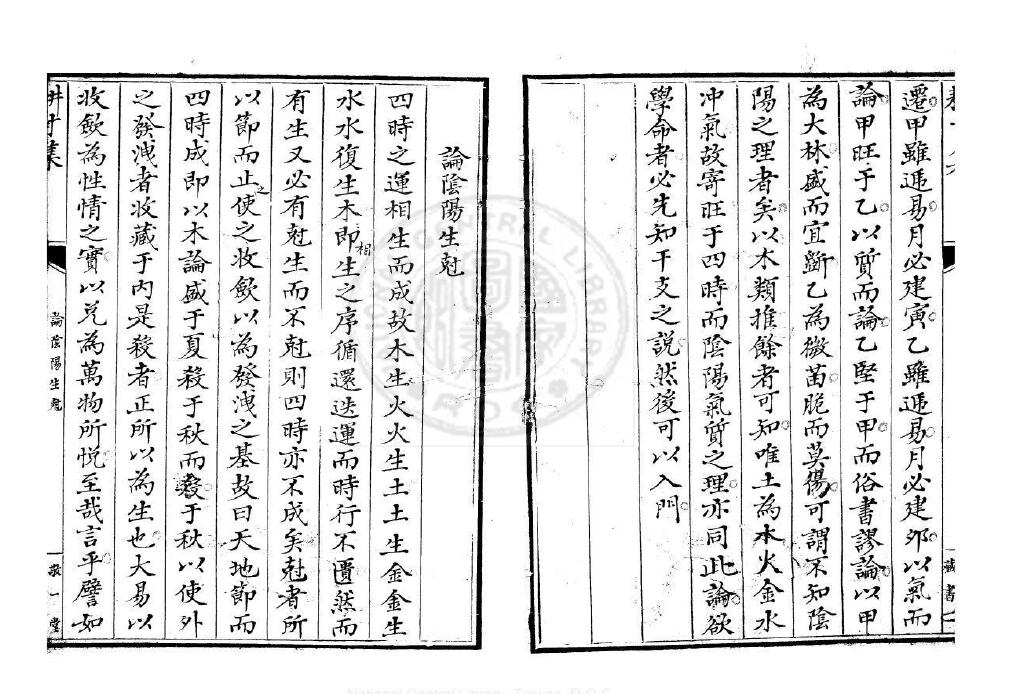
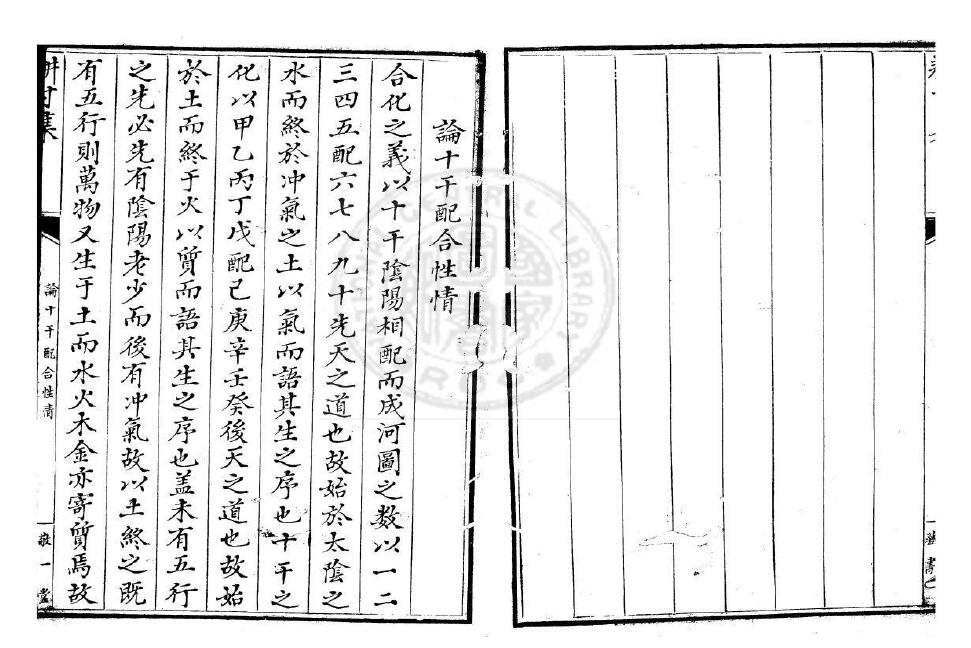
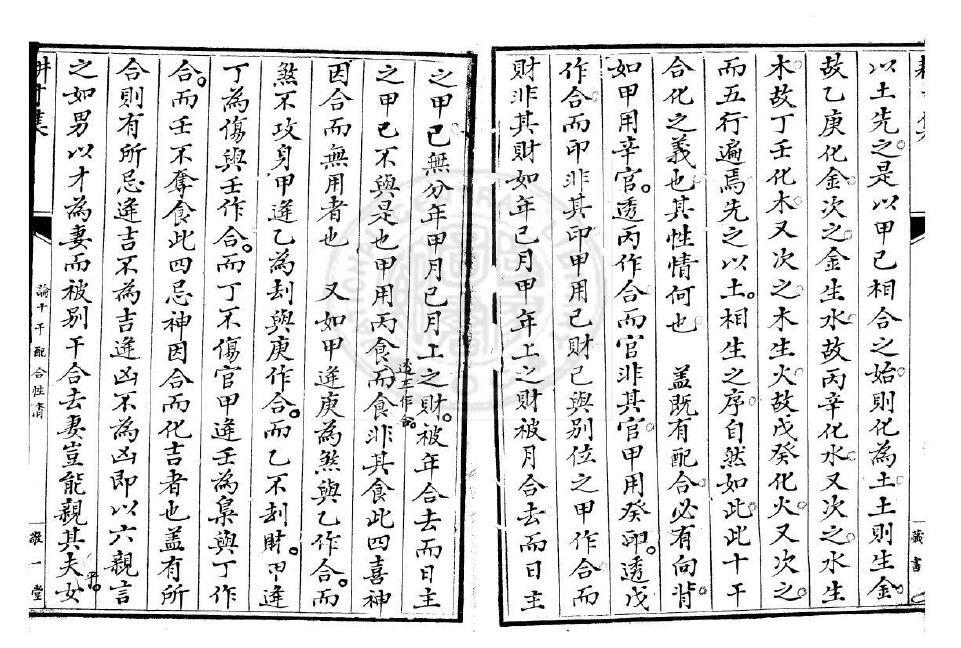
BOOK INFO:
- Publication Date: 未知
- Language: 中文
- Identifier: 内部视频
- Total Pages: 1
- File Type: PDF
Search Tags:
Download Link:
Payment Method:
1、Open Tittle
2、Click to Pay New
3、Click on the material you want to buy
4、Click on "Payment Methods"
5、Click on the material you want to buy
6、Choose from one of your existing payment methods or add a new one
7、Complete purchase
NOTE: If you add a payment method when making a purchase, it will be saved in your account.
